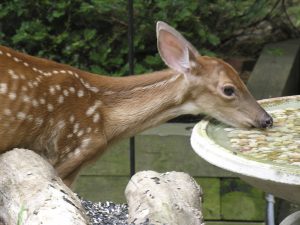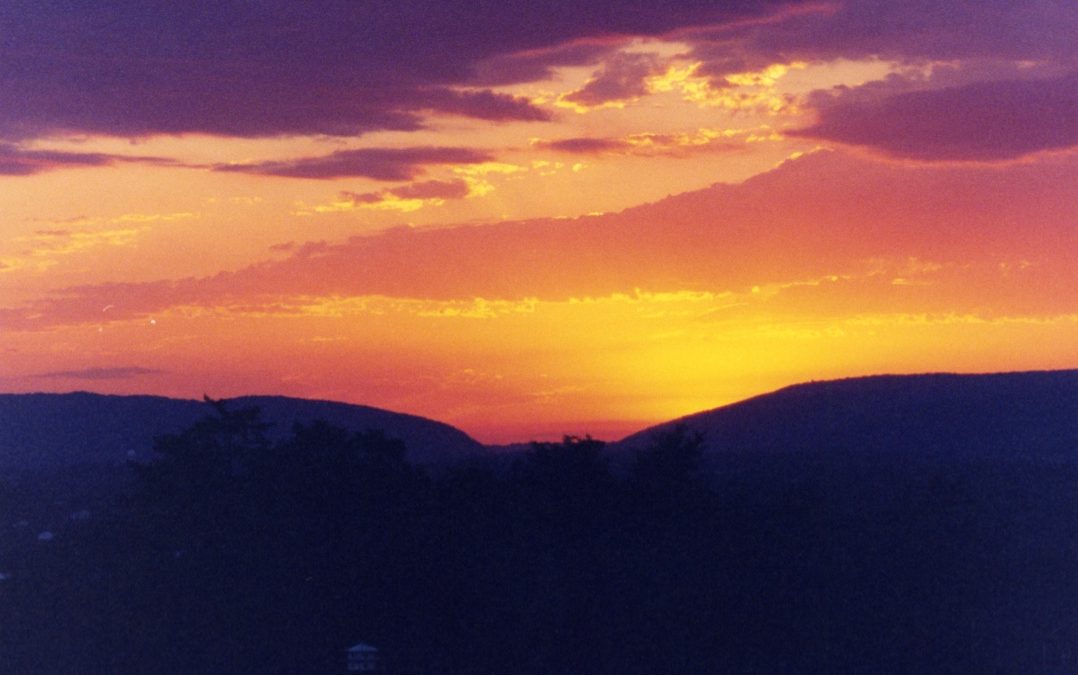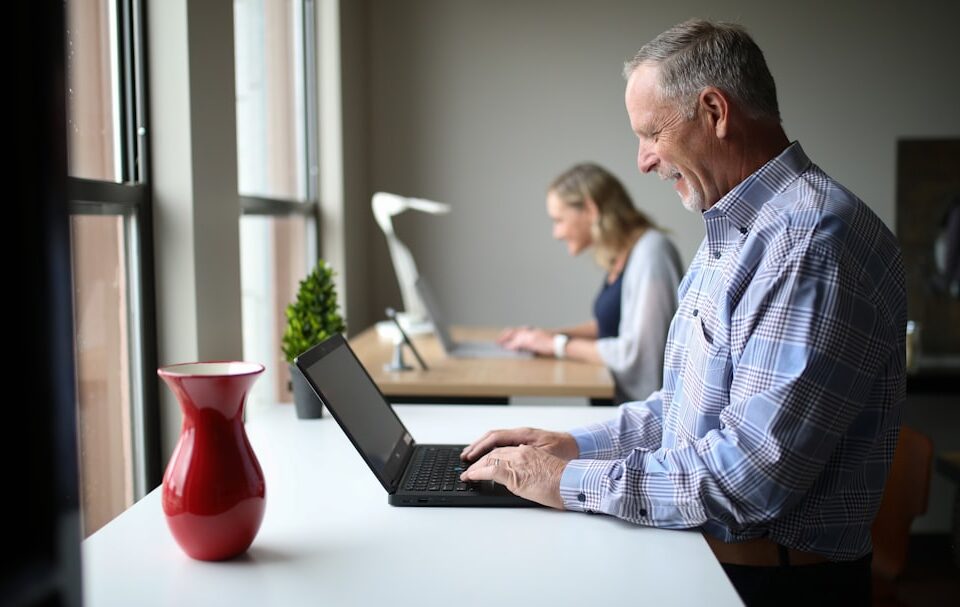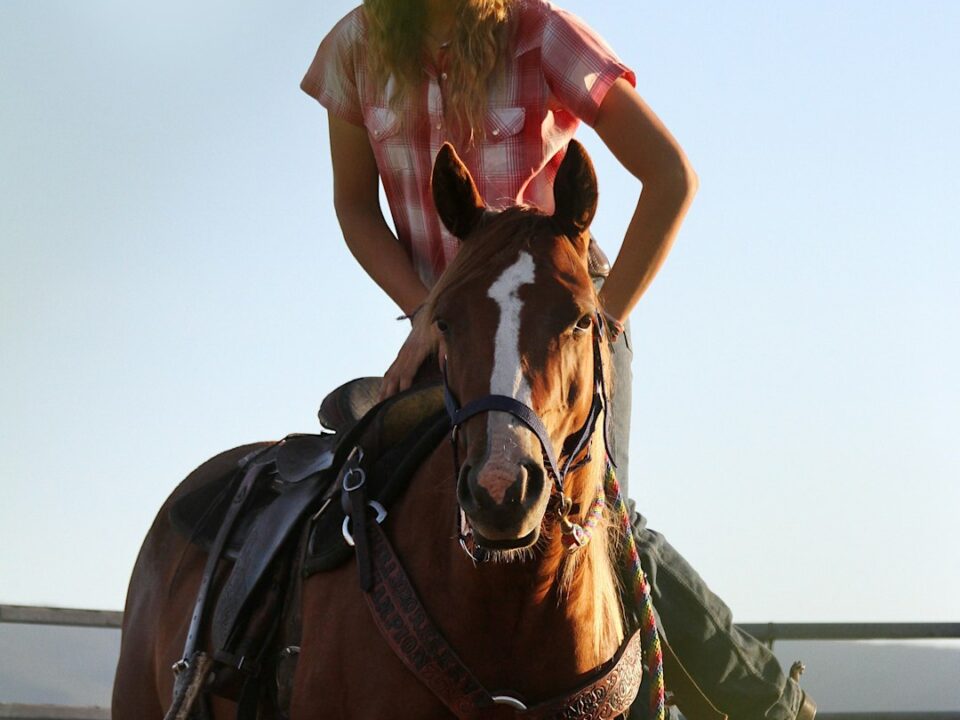
Where is Curiosity Taking You?
June 10, 2024
Is Your Genius Hidden or Not Yet Communicated?
June 24, 2024How To Make Your Office the Favorite Place for Your Brain and Soul
Have you noticed? Most professionals treat the office as a prison instead of the happiest place in their life.
Too many act like they are serving out their time and hoping for early parole, such as a commercially successful side hustle. Some even get ill on Sunday night at the thought of returning to work on Monday.
On the plus side, many discover they could have walked away from this prison sooner by creating an intentional environment.
The problem is that we think of this as something external instead of something that comes from within us.
Most professionals have experience working in spaces owned by others, such as the supersize office in the corner of the building with floor-to-ceiling glass and panoramic views. It’s so spacious and open it even has a conference table, a waterfall feature, and a fireplace. I remember that moment. Do you?
Here’s where you find out what you are made of. When you had that experience, what was the feeling? Was it envy or wondering how long it would take to claim that fabulous office? Was it some form of denial, with trash talk in your brain saying you were not good enough or destined for an ideal environment?
Or did you take all of this in as an observation of what kind of intentional environment it takes to be a big thinker, sharp leader, and the kind of human everyone wants to know and learn from?
My thinking has always been out of the box, bold, and curious. While observing the workspace I would love to have, I realized the painfully obvious: When you realize that the place you work is to your brain what food is to your body, you stop accepting places and spaces that slow you down, distract, and crush your creative soul.
Our great desire is for a union of the brain, body, and external place called your work environment to come together intentionally so that you can hardly wait to get to your office—all the time—because it is your sanctuary and place of creativity, flexibility, calm, focus, and comfort.
The inconvenient truth is another online course, hack, or app will not make you more productive. Most people work in environments that seem less than ideal for getting anything done. Have you noticed during a Zoom meeting that most have backgrounds that seem like a temporary place to land for the scheduled call, not the center of great thinking and magnificent productivity? Some are cringe-worthy with computer graphics to make up a false story—a facade—about where they work.

Winning Office Surrounded by Wildflower Meadows. Credit Tom Patrick.
Our Environment with Intention Won the Only National Award for Best Dressed Small Business Office
I am the only writer on Substack and Medium and the only person in America who can say they won a national competition for Best Dressed Office for small businesses. It was 1997, the dawn of the Internet and email as we know it now. The sponsor of the competition was a technology company that believed small business was the future—Okidata Corporation. The panel of judges included Mr. Blackwell.
Small businesses have fewer than 100 employees, and there was no competition or prize for any other size business. Competition was fierce. America has more than 33 million small businesses. We made it to the final 10. Our business and office complex, built in the middle of 30 acres of nature, won the grand prize—graded on productivity, technology, culture, style, and innovation.
Main Things To Consider About Intention and What You Control
Anne-Laure Le Cunff, founder of the Ness Labs Learning Community, gets intentional about personal territory and workspaces in Environmental Psychology: How Your Surroundings Shape Your Mind. She writes, “Humans constantly change their environment, and in turn, the environment changes our behaviors. Environmental psychology focuses on the interplay between people and their surroundings: how our environment affects the way we think, feel, and act.”
While there is no formula for your brain and environment, Le Cunff recommends including creativity, flexibility, calm, focus, and comfort in your intentional design. These are 100% in your control. These principles of environmental psychology include aspects of human interaction with the environment, such as personal space, our relationship with nature, and the psychological impacts of environmental conditions.
You may have experienced a flow state at some point—that sense of fluidity between your body and mind, where you are totally absorbed by and deeply focused on something, beyond the point of distraction. Time feels like it has slowed down. Your senses are heightened. You are at one with the task at hand, as action and awareness sync to create an effortless momentum. Some people describe this feeling as being “in the zone.”
What have you noticed about yourself during times when you achieved a flow state? Science shows us this happens when we get “in the zone” for 30 minutes, which can extend for many hours. Eventually, the body gets thirsty or hungry, and until then, time seems to release its hold over any other thoughts.
Experience tells me an intentional environment gives me a 100% shot at the flow state because it provides my body and mind with a place of safety without distractions, an abundance of options for doing something I love (challenging, doable, something I’m good at), and immediate access to nature for 10-minute walks or other concentrations on the sounds and smells of nature (no smartphone either) to stay in a rhythm of peak creative and production time.
Even when in this zone, my brain does things that keep me on track that look trivial to others but always support the path my brain is dogging like a bloodhound. Within each hour of deep work, I may do what seems mindless, like getting coffee, reloading paper in the printer, or taking a toilet break—but not desiring any conversations with anyone or turning my phone back on.
What have you noticed in your struggle with productivity and running a business while building a life?
Work-life balance is a myth. It’s another distraction that proves never true for anyone who has tracked time, priorities, and completion points. Your lifetime is all in one package—one body, one brain, and one chain of millions of experiences and connections with others and your environment. How important is the place where you spend most of your day and some of your evenings?

Office Shared With Nature. Credit Tom Patrick.
Environment with Intention Started for Me Around Age 35
I was done with cubicles, noise, interruptions, and lack of control over the location and design of my workspace—the place where I would spend most waking hours for the rest of my life, plus serve as a home base for building a professional life and returns after traveling to every airport in all 50 states of America to serve as a communications consultant to more than 600 professions and credentialing businesses.
My business partner and spouse was the creator of the Windstar Wildlife Habitat Naturalist programs and certifications. We moved four times through three states, and each time, he built environments with intention. Before and after the award-winning office of 1997, I’ve thrived in four intentional spaces—all created with the same principles of environmental psychology.
Office feels like a limiting term. I think of this favorite place to be all day as the living room, creative laboratory, newsroom, and center of the universe for a global community of Gifted Professionals and Communicators.
You are probably not as obsessed as I am with a desire for freedom, mental sharpness, physical safety, and conversations with the best version of yourself, but I am guessing you are a tiny bit obsessed.

Intentional Environment. Credit Tom Patrick.
When You Want Your Best Thinking and Work, Get Intentional
When you are ready to become a more intentional, peaceful, brilliant professional in the field you love or one you want to take on for your encore career, consider the importance of an intentional environment.
Have you talked with colleagues who discussed retirement, left what they called an office, and then went on to do amazing other work—for decades more—just because they got hyper-aware of the environment? Maybe they downsized the big house, went to that cabin on the lake, and became an online business entrepreneur. Maybe they stopped putting on a suit and a brave face every day and found greater happiness and greater income working on their dream project in the Morton Building they installed on the edge of their property.
Is it the work or the environment? After doing this four times, I can tell you it is totally from within your heart and mind that the design of the environment for intentional living flows manifests exactly as your brain works best. If you work best with open space, great lighting, waterfalls, fireplaces, fish tanks, surround sound music (your playlist for flow states), dedicated areas for the dog beds, and views of nature in motion whenever you look up from your keyboard or desk, then go with that vision and make it happen.
When you have an environment with intention, there is a place to take on introspection and reflection and stay connected to the humanity in yourself which will never be replaced by AI. Indeed, humanity and wisdom are the primary things about you that other exceptionally talented adults want and hire you to help them achieve, too.
Alan Jacobs writes extensively about the Attention Cottage in The Homebound Symphony and says, “What I need, what I am trying to build, is — I coin this phrase by analogy to a memory palace — an attention cottage. This could be an actual place, like the boathouse in which E. B. White wrote.”
Conclusion
This is getting long.
Send me an email if you are interested in talking with me—one out of 33 million who has the ideal working space for an entire life. Let’s talk about your mindfulness, your life’s work, your communications, and what you might experience by creating something practical, achievable, and intentional.




